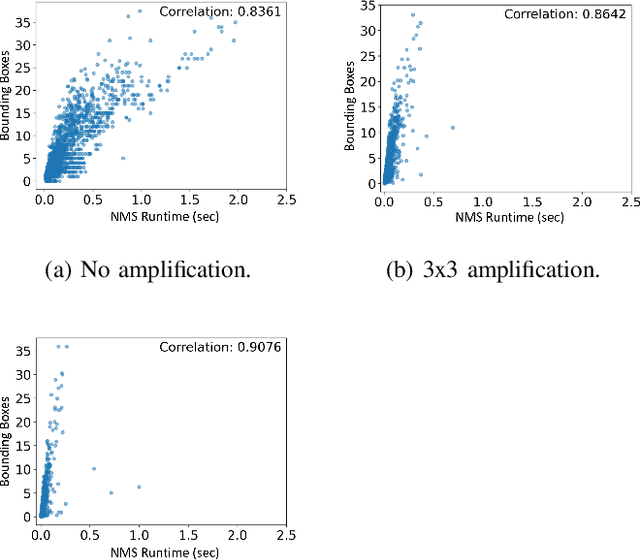Jaidip Kotak
The Adversarial Implications of Variable-Time Inference
Sep 05, 2023



Abstract:Machine learning (ML) models are known to be vulnerable to a number of attacks that target the integrity of their predictions or the privacy of their training data. To carry out these attacks, a black-box adversary must typically possess the ability to query the model and observe its outputs (e.g., labels). In this work, we demonstrate, for the first time, the ability to enhance such decision-based attacks. To accomplish this, we present an approach that exploits a novel side channel in which the adversary simply measures the execution time of the algorithm used to post-process the predictions of the ML model under attack. The leakage of inference-state elements into algorithmic timing side channels has never been studied before, and we have found that it can contain rich information that facilitates superior timing attacks that significantly outperform attacks based solely on label outputs. In a case study, we investigate leakage from the non-maximum suppression (NMS) algorithm, which plays a crucial role in the operation of object detectors. In our examination of the timing side-channel vulnerabilities associated with this algorithm, we identified the potential to enhance decision-based attacks. We demonstrate attacks against the YOLOv3 detector, leveraging the timing leakage to successfully evade object detection using adversarial examples, and perform dataset inference. Our experiments show that our adversarial examples exhibit superior perturbation quality compared to a decision-based attack. In addition, we present a new threat model in which dataset inference based solely on timing leakage is performed. To address the timing leakage vulnerability inherent in the NMS algorithm, we explore the potential and limitations of implementing constant-time inference passes as a mitigation strategy.
The Threat of Offensive AI to Organizations
Jun 30, 2021



Abstract:AI has provided us with the ability to automate tasks, extract information from vast amounts of data, and synthesize media that is nearly indistinguishable from the real thing. However, positive tools can also be used for negative purposes. In particular, cyber adversaries can use AI (such as machine learning) to enhance their attacks and expand their campaigns. Although offensive AI has been discussed in the past, there is a need to analyze and understand the threat in the context of organizations. For example, how does an AI-capable adversary impact the cyber kill chain? Does AI benefit the attacker more than the defender? What are the most significant AI threats facing organizations today and what will be their impact on the future? In this survey, we explore the threat of offensive AI on organizations. First, we present the background and discuss how AI changes the adversary's methods, strategies, goals, and overall attack model. Then, through a literature review, we identify 33 offensive AI capabilities which adversaries can use to enhance their attacks. Finally, through a user study spanning industry and academia, we rank the AI threats and provide insights on the adversaries.
IoT Device Identification Using Deep Learning
Feb 25, 2020



Abstract:The growing use of IoT devices in organizations has increased the number of attack vectors available to attackers due to the less secure nature of the devices. The widely adopted bring your own device (BYOD) policy which allows an employee to bring any IoT device into the workplace and attach it to an organization's network also increases the risk of attacks. In order to address this threat, organizations often implement security policies in which only the connection of white-listed IoT devices is permitted. To monitor adherence to such policies and protect their networks, organizations must be able to identify the IoT devices connected to their networks and, more specifically, to identify connected IoT devices that are not on the white-list (unknown devices). In this study, we applied deep learning on network traffic to automatically identify IoT devices connected to the network. In contrast to previous work, our approach does not require that complex feature engineering be applied on the network traffic, since we represent the communication behavior of IoT devices using small images built from the IoT devices network traffic payloads. In our experiments, we trained a multiclass classifier on a publicly available dataset, successfully identifying 10 different IoT devices and the traffic of smartphones and computers, with over 99% accuracy. We also trained multiclass classifiers to detect unauthorized IoT devices connected to the network, achieving over 99% overall average detection accuracy.
 Add to Chrome
Add to Chrome Add to Firefox
Add to Firefox Add to Edge
Add to Edge